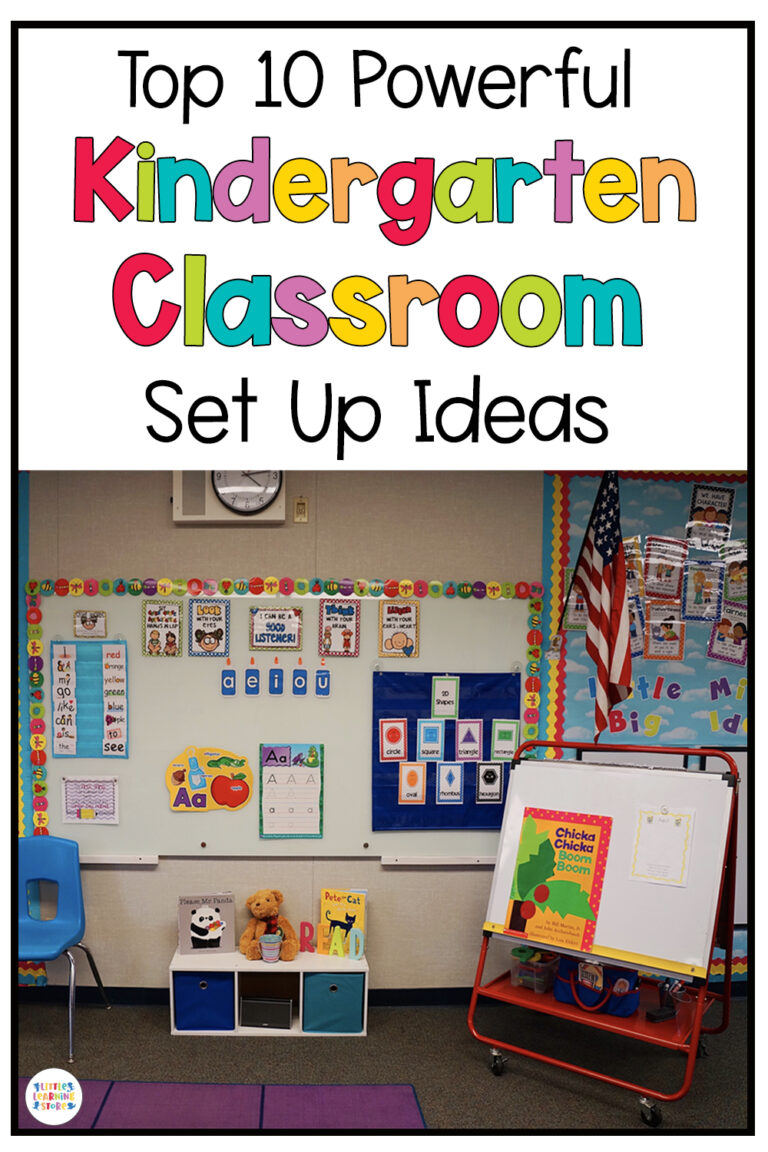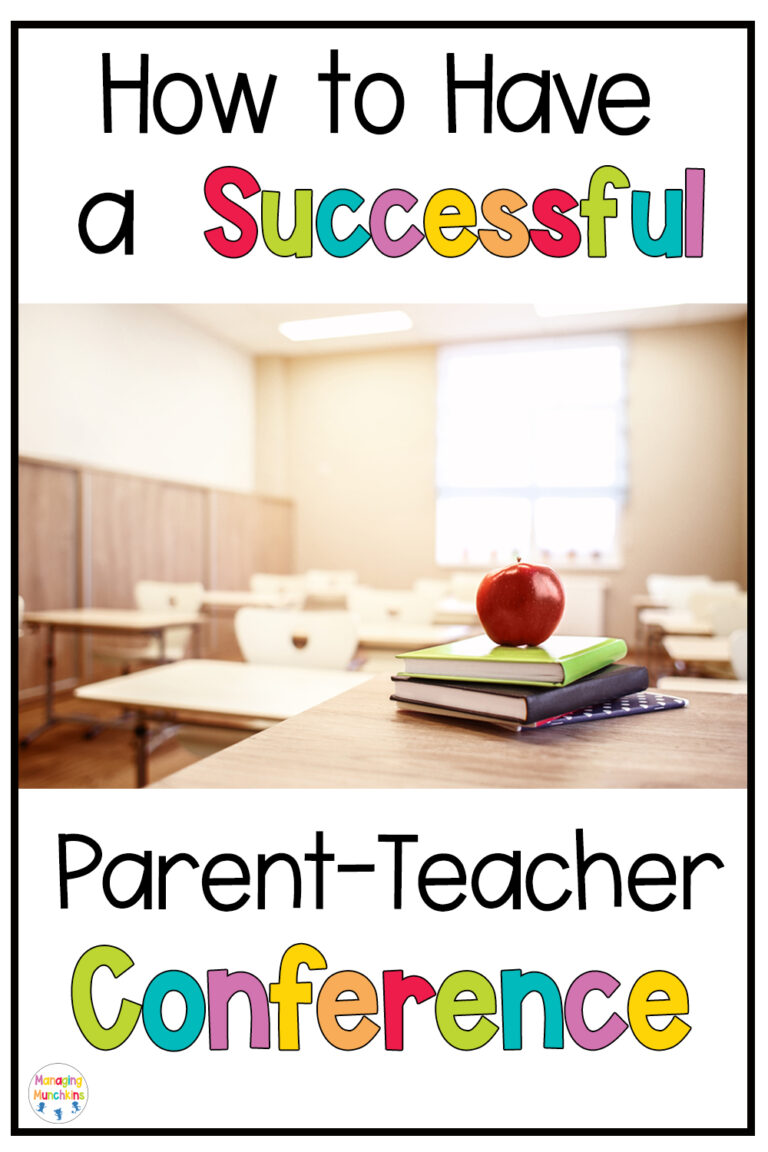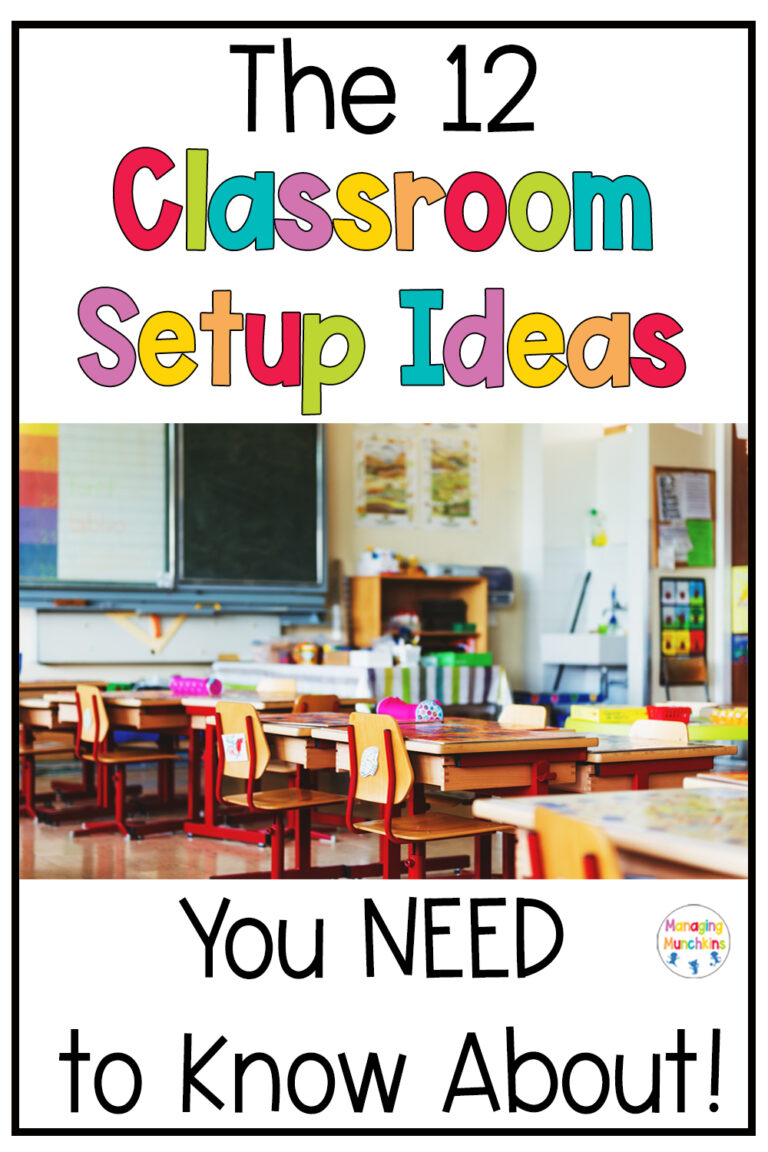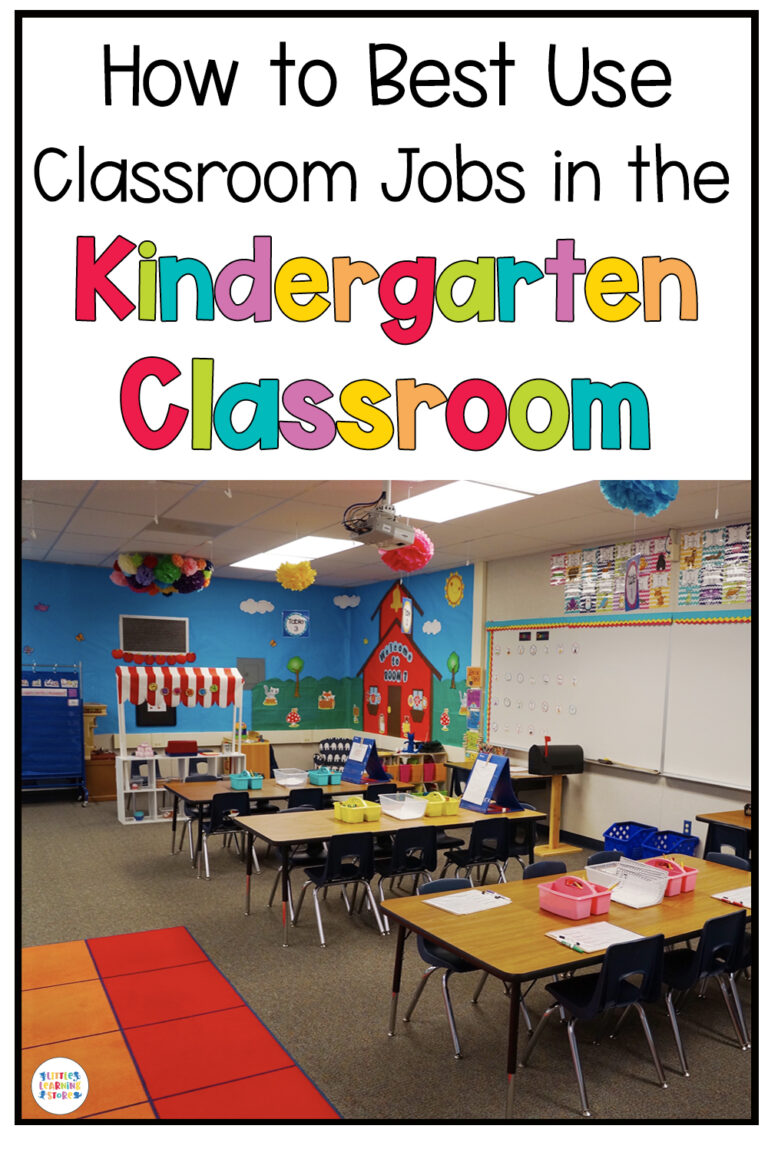Positive Classroom Management: How to Get Started

Hello and welcome to Managing Munchkins! I’m Katherine Barker, your behavior management coach, and today I want to delve into the topic of positive reinforcement and using it as a positive classroom management strategy. As we enter the new year, it presents a unique opportunity to reset our classroom dynamics, address behavior issues, and reshape our overall classroom culture.
In this video, I’ll guide you through Positive Reinforcement 101, covering what positive reinforcement is, what it isn’t, why it works, and how to seamlessly incorporate it into your classroom. By the end of this video, you’ll have practical tips and ideas ready for immediate implementation in your classroom.
What is Positive Reinforcement?
So, what exactly is positive reinforcement and positive classroom management? It’s the act of rewarding positive behavior to encourage its repetition. Instead of focusing on the negative, like reducing recess time for shouting out, positive reinforcement emphasizes acknowledging and rewarding desired behavior. For instance, praising a student for raising their hand encourages others to follow suit, fostering a more conducive learning environment.
Contrary to common misconceptions, positive reinforcement isn’t solely about tangible rewards like candy or trinkets. It encompasses a variety of approaches that highlight and reinforce positive behavior. Research consistently demonstrates its effectiveness, not only with younger children but also with middle and high school students, and even adults.
Addressing a common concern, positive reinforcement is not bribery. Unlike bribery, where a reward is offered upfront to ensure positive behavior, positive reinforcement involves a planned approach. There’s a clear structure in place, with expectations, consequences, and rewards outlined beforehand.
Now, let’s transition into practical steps for implementing positive reinforcement in your classroom. I’ve created the ABCs of Positive Reinforcement as a simple guide:
ABC’s of Positive Reinforcement
A stands for “Always be clear.” Clearly communicate your expectations, whether verbally or through posted rules, ensuring students know what behavior is being reinforced.
B stands for “Be swift.” Immediately acknowledge and reward positive behavior to provide instant feedback, considering the short attention spans of young learners.
C stands for “Consistency.” Consistently apply positive reinforcement, avoiding sporadic use that may confuse students. If you have a reward system, use it consistently to integrate it into your classroom culture.
D stands for “Diversity.” Recognize that not all students respond to the same rewards. Tailor your approach by switching up rewards based on individual interests and preferences.
Now, let’s explore some simple and immediate ways to incorporate positive reinforcement into your classroom.
Easy Positive Reinforcement Ideas
High-fives are a great way to acknowledge a job well done, whether it’s completing an assignment or walking quietly in line. Verbal affirmation, such as praising a student for raising their hand, is another effective method.
Stickers, though traditional, remain popular for good reason. They work well, especially with students facing challenging behaviors. Keeping rewards mysterious adds an element of excitement, encouraging students to meet expectations for a surprise reward.
Consider a treasure box filled with various toys or trinkets, or organize class parties as collective rewards for good behavior. Change it up regularly to keep it engaging and fun for the students.
One innovative idea is the kindness chain. Encourage students to depict acts of kindness on paper strips, creating a visual representation of positive behavior that fosters a sense of community and support.
As you consistently integrate positive reinforcement into your daily routine, you’ll observe a positive shift in your classroom culture. Students will not only respond to your encouragement but will also begin encouraging each other, creating a more uplifting and supportive learning environment.
In conclusion, the ultimate goal is to create a classroom where students feel safe, loved, and encouraged. Positive classroom management is a powerful tool for achieving this, and with consistent implementation, you’ll witness a transformation in your classroom dynamics. Don’t forget to grab your free behavior plan below for additional support. If you found this helpful, please like and subscribe, and stay tuned for more teaching tips. Until then, happy teaching!





